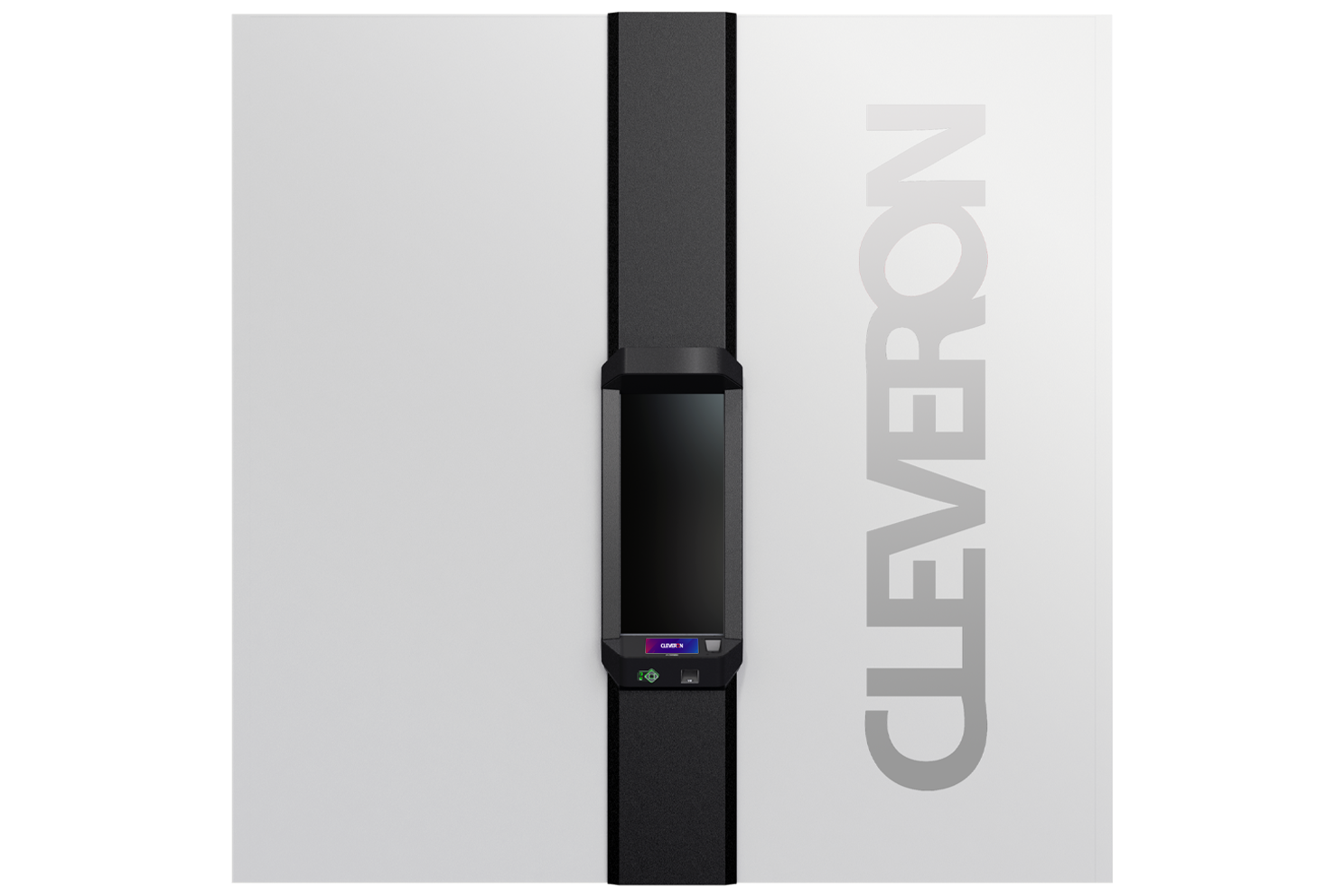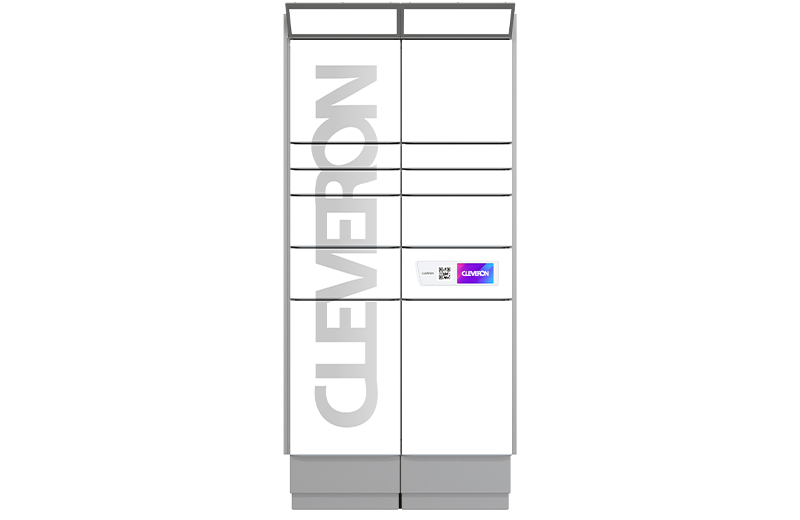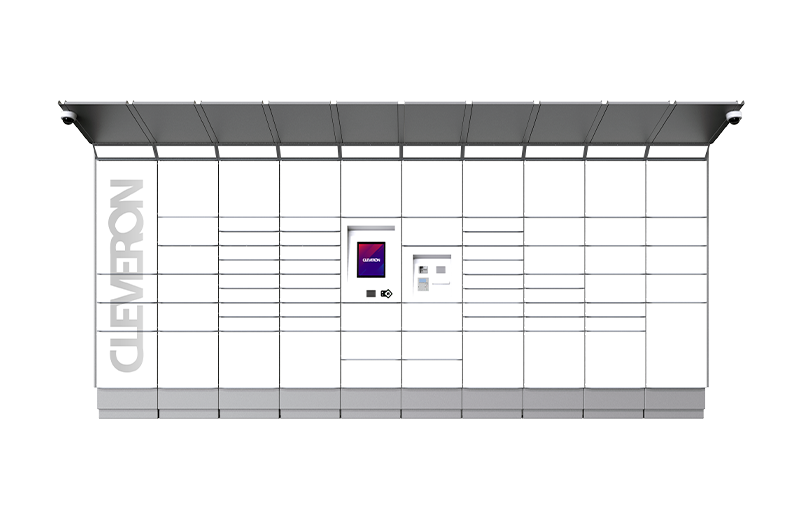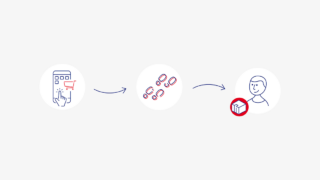
Streamline operations and boost sales by automating returns. Learn the 7 key benefits of automating your returns process today.
As e-commerce continues to surge, retailers are experiencing a significant increase in returns. Managing these returns efficiently is crucial for maintaining customer satisfaction and operational effectiveness. The traditional, manual handling of returns can be cumbersome, costly, and time-consuming. However, automating the returns process offers a transformative solution that can streamline operations, reduce costs, and significantly enhance the customer experience. Here are seven key advantages of automating your returns process:
1. Saving on Cost
One of the most compelling reasons to automate the returns process is the potential for significant cost savings. Automating this process can dramatically reduce labour costs by minimizing the need for manual intervention. Employees might spend hours handling returns, processing paperwork, and managing customer communications in a traditional returns process. Automated systems, on the other hand, can efficiently manage the entire returns process from initiation to completion, allowing staff to focus on other, more value-added tasks. Additionally, automation can help cut shipping costs. According to the National Retail Federation (NRF), 84% of consumers prefer to return items in-store rather than shipping them back. By encouraging in-store returns, retailers can significantly lower shipping expenses. Reducing labour and shipping costs can substantially impact a retailer’s bottom line, making automation an intelligent investment.
2. Build Customer Loyalty and Satisfaction
While returns can be challenging for businesses, they offer a unique opportunity to strengthen customer relationships. A well-managed, hassle-free returns process can turn a potentially harmful experience into a positive one. By automating the returns process, retailers can make it easier and more convenient for customers to return items, which leads to higher satisfaction and loyalty. Automation can speed up the returns process, reduce errors, and provide customers timely updates, all contributing to a smoother experience. A seamless return experience can improve your Net Promoter Score (NPS), an important metric that reflects customer satisfaction and loyalty. Happy customers are more likely to return for future purchases, driving long-term revenue growth and strengthening the customer-retailer relationship.
3. Boost Sales
An automated, no-hassle return policy can do more than just manage returns efficiently; it can also boost sales. Customers who know they can conveniently return items if needed are more likely to purchase from a retailer. This confidence in the returns process reduces the perceived risk of buying, primarily online, where customers cannot physically inspect products before buying. A positive return experience encourages repeat purchases and enhances customer loyalty. Furthermore, by providing a smooth returns process, retailers can reduce cart abandonment rates, as customers are more likely to complete a purchase when they feel reassured by a clear and straightforward return policy. Ultimately, this can lead to increased sales and long-term revenue growth.
4. Streamline Operations
Manual returns processing is not only time-consuming but also resource-intensive. Automating this process can streamline operations by reducing the time required to process returns, from receiving the item to issuing a refund or exchange. Automation can handle many repetitive returns tasks, such as data entry, communication with customers, and inventory updates. A centralized, automated communication system ensures that all stakeholders, including the customer, warehouse staff, and customer service representatives, are kept informed of the status of returns. This improves operational efficiency and reduces the likelihood of errors or delays. Additionally, automation can help standardize the returns process, ensuring consistency and reliability across all locations and channels.
5. Gain a Competitive Advantage
In today’s fast-paced retail environment, convenience and efficiency are key differentiators. Retailers that adopt automated returns processes can attract and retain more customers by offering a superior returns experience. This sets them apart from competitors yet to modernize their returns processes. Providing innovative solutions is crucial for a retailer’s success in standing out in a highly competitive industry. As more retailers embrace automation, those who lag may be disadvantaged. By automating the returns process, retailers can position themselves as industry leaders, offering a customer experience that is both convenient and efficient.
6. Improved Data Analysis
Automation offers more than just operational benefits; it also provides valuable insights into customer behaviour and product performance. Automated systems can track return rates, identify common reasons for returns, and analyze which products are most frequently returned. This data can be invaluable for making informed business decisions. For example, if a particular product has a high return rate due to quality issues, the retailer can address these issues to reduce future returns. Additionally, understanding why customers return products can help retailers refine their inventory management, ensuring they stock more of what customers want and less of what they don’t. By leveraging data from automated returns systems, retailers can continuously improve their product offerings and customer satisfaction.
7. Save Time and Space
Automated returns solutions, such as robotic systems or lockers, reduce the need for direct employee involvement in the returns process. These systems can handle the intake, processing, and storage of returned items, streamlining the process and saving time. Additionally, automation can optimize the use of physical space within a store or warehouse. By efficiently managing returned items, retailers can free up valuable real estate for other purposes, such as stocking new inventory or creating additional sales space. This not only improves the efficiency of the returns process but also enhances the overall productivity of the retail space.
In conclusion, automating the returns process is a strategic move for retailers looking to enhance their operations and customer experience. It simplifies the process for customers, boosts operational efficiency, and offers significant cost savings. By investing in automated returns, retailers can build customer loyalty, increase sales, and secure a competitive edge in the market. In an increasingly digital retail landscape, automation is not just an option—it’s a necessity for staying ahead.

















